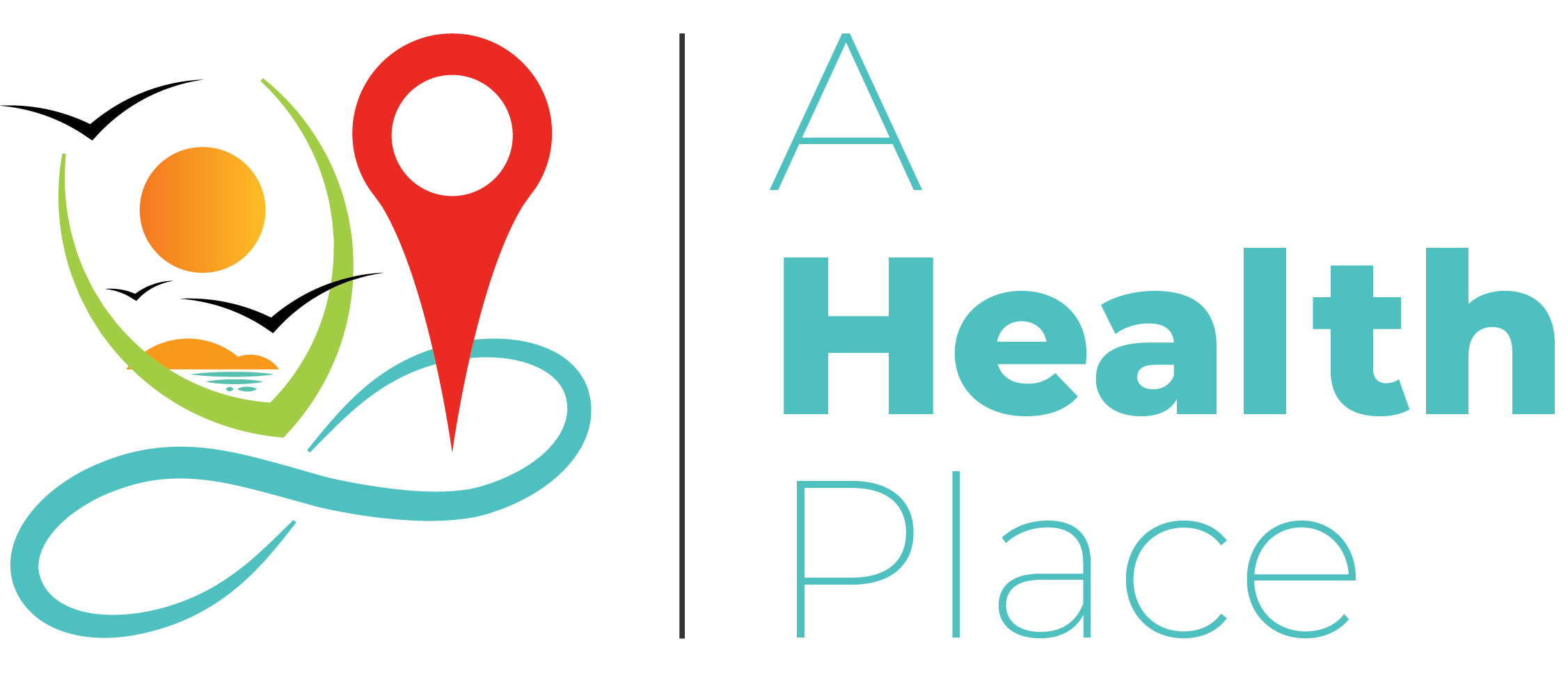Global poverty problem
Poverty is indeed a global problem that affects millions of people worldwide. It is defined as a lack of access to basic human needs, such as food, shelter, and healthcare. Poverty is not limited to developing countries; it also exists in developed nations.
According to the World Bank, over 700 million people live in extreme poverty, which means they survive on less than $1.90 a day. Poverty can lead to many negative consequences, including malnutrition, disease, and lack of education. It also affects people’s mental health and well-being.
Poverty is often perpetuated by systemic issues, such as unequal access to resources and opportunities, discrimination, and political instability. These factors can create a cycle of poverty that is difficult to break.
Efforts to reduce poverty include providing access to education, healthcare, and job opportunities, as well as promoting policies that address inequality and social exclusion. It is important to recognize poverty as a global problem and work towards creating a more equitable and just world.
Barriers to good health
There are many barriers that can prevent people from achieving good health. Some of the most common barriers include:
- Lack of access to healthcare: This is a major barrier for many people, particularly those living in rural or underserved areas. Without access to healthcare services, people may be unable to receive preventative care, manage chronic conditions, or receive necessary treatment for illnesses or injuries.
- Socioeconomic status: Poverty and low socioeconomic status are associated with poorer health outcomes, in part due to limited access to healthy food, safe housing, and other resources that support good health.
- Cultural and linguistic barriers: Cultural and linguistic barriers can make it difficult for individuals to communicate with healthcare providers, understand health information, or access culturally appropriate care.
- Education and health literacy: Limited education and health literacy can make it difficult for people to understand health information, follow treatment plans, and make informed decisions about their health.
- Environmental factors: Environmental factors such as air pollution, unsafe water, and exposure to hazardous substances can negatively impact health.
- Behavioral factors: Lifestyle behaviors such as smoking, excessive alcohol consumption, and lack of physical activity can increase the risk of developing chronic diseases.
- Genetics and family history: Certain genetic factors and family history of certain diseases can increase an individual’s risk of developing certain health conditions.
Overall, these and other barriers can make it difficult for individuals to achieve and maintain good health. Addressing these barriers through improved access to care, education and awareness, and policies that promote healthy living can help to overcome these challenges and improve health outcomes.
Barriers to good health that people living in poverty face
Living in poverty can create significant barriers to good health. Here are some of the most common barriers that people living in poverty face:
- Lack of access to healthcare: People living in poverty often lack access to healthcare due to financial limitations or limited availability of healthcare facilities in their communities. This can result in delayed or inadequate treatment of illnesses and chronic conditions, leading to poorer health outcomes.
- Poor nutrition: Poverty can limit access to nutritious food and create food insecurity, which can lead to malnutrition, obesity, and chronic health problems.
- Environmental hazards: People living in poverty may be more likely to live in areas with environmental hazards such as pollution, lead paint, or asbestos, which can cause respiratory and other health problems.
- Unsafe living conditions: People living in poverty may be more likely to live in substandard housing conditions, which can lead to exposure to toxins, pests, and other hazards that can cause health problems.
- Limited access to education and information: Poverty can limit access to education and information about health and healthcare, which can make it difficult for people to make informed decisions about their health.
- Mental health issues: People living in poverty are more likely to experience mental health issues, such as depression and anxiety, due to stress related to financial insecurity and other challenges associated with living in poverty.
- Lack of transportation: People living in poverty may have limited access to transportation, which can make it difficult to get to medical appointments, pick up prescriptions, or access other healthcare services.
Conclusion
Overall, these barriers can create a cycle of poor health outcomes for people living in poverty, and addressing these issues requires a comprehensive approach that addresses the root causes of poverty and its impact on health. Addressing these barriers requires a comprehensive approach that involves addressing the underlying causes of poverty, improving access to healthcare, and providing education and support to help people make informed decisions about their health.











Discussion about this post